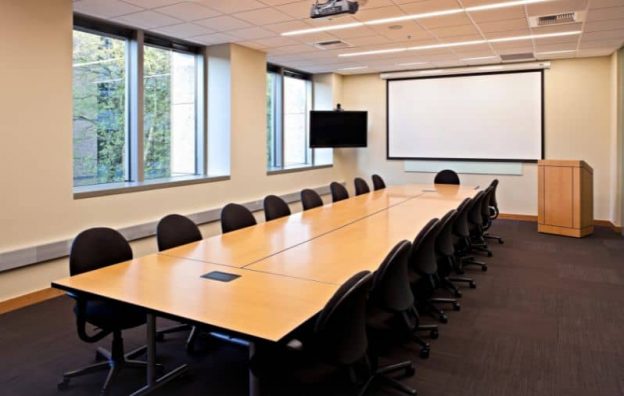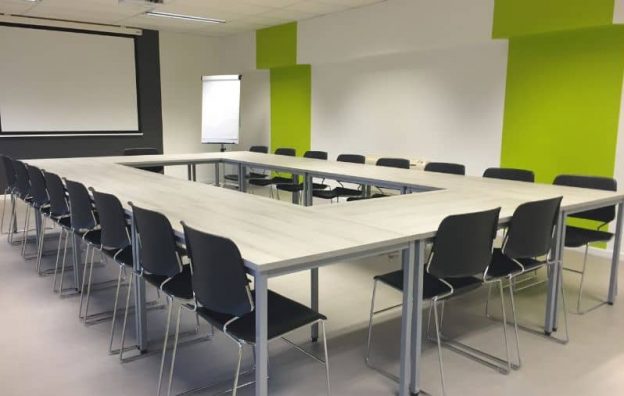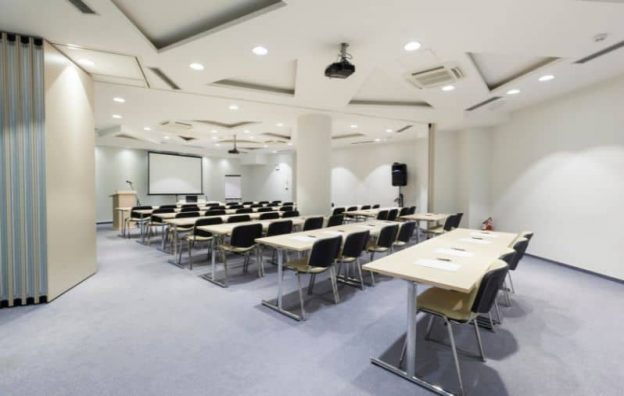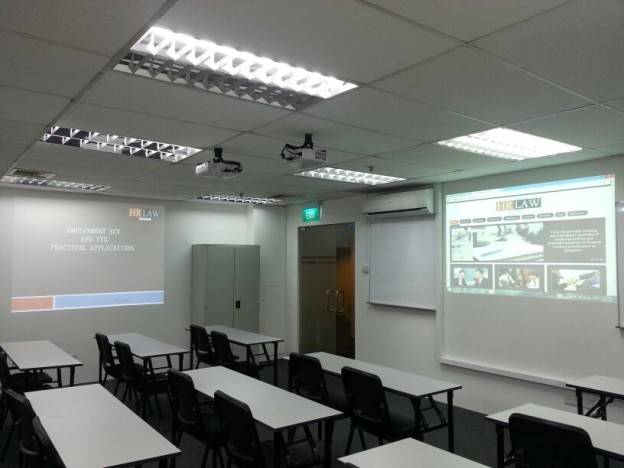In today’s educational landscape, effective teaching methods play a crucial role in providing quality education.
This is especially true when you rent classroom or rent training room in Singapore, where educators strive to create an engaging and conducive learning environment.
In this article, we will explore various teaching methods that can enhance tutoring experiences and facilitate effective learning.
Let’s delve into the different approaches that educators can adopt to maximize student engagement and academic success.
I. Introduction
Importance of Effective Teaching Methods in a Classroom Rental Setting
In a classroom rental setting, effective teaching methods are essential for promoting student learning and development.
These methods empower educators to create an environment that fosters active participation, critical thinking, and knowledge retention.
By employing diverse teaching strategies, tutors can cater to the unique needs and learning styles of their students, resulting in enhanced academic outcomes.
Brief Overview of Tutoring in Singapore
Singapore, renowned for its educational excellence, places great emphasis on tutoring. Many students seek additional support through tutoring to supplement their classroom learning.
Tutoring in Singapore provides personalized attention and guidance, helping students grasp complex concepts, build confidence, and excel academically.
It is crucial for tutors to explore various teaching methods to ensure effective tutoring experiences in the classroom rental setting.
II. Traditional Teaching Methods
Traditional teaching methods form the foundation of classroom instruction. Let’s explore some widely used techniques:
Lecture-based Teaching
Lecture-based teaching involves the tutor delivering information through oral presentations. It provides a structured approach to disseminating knowledge, allowing students to grasp foundational concepts and theories.
Demonstration and Hands-on Activities
Demonstrations and hands-on activities engage students actively in the learning process. By providing practical experiences and encouraging experimentation, tutors can reinforce understanding and facilitate knowledge application.
Group Discussions and Collaborative Learning
Group discussions promote peer interaction and collaboration. Students engage in meaningful conversations, exchange ideas, and collectively construct knowledge. This method cultivates critical thinking, communication skills, and teamwork.
III. Personalized Teaching Methods
Personalized teaching methods cater to the individual needs and learning preferences of students:
Individualized Instruction and Differentiated Learning
Individualized instruction involves tailoring teaching approaches to address students’ specific strengths and weaknesses. Differentiated learning allows tutors to adapt content, activities, and assessments to accommodate diverse learning styles and abilities.
Small Group Tutoring Sessions
Small group tutoring sessions foster a supportive and collaborative learning atmosphere. Tutors can provide targeted instruction, encourage peer interaction, and facilitate in-depth discussions.
IV. Project-Based Teaching Methods
Project-based teaching methods promote active learning and real-world application of knowledge:
Real-World Projects and Problem-Solving Activities
Engaging students in real-world projects and problem-solving activities encourages critical thinking, creativity, and collaboration. Students apply their knowledge and skills to solve authentic problems, fostering a deeper understanding of the subject matter.
Integration of Subjects through Project-Based Learning
Project-based learning integrates multiple subjects into a cohesive project. This interdisciplinary approach helps students see the connections between different disciplines, promoting holistic understanding and encouraging them to think across domains.
Role-Playing and Simulations
Role-playing and simulations create immersive learning experiences. Students assume different roles and engage in simulated scenarios, allowing them to explore different perspectives, develop empathy, and enhance their decision-making skills.
V. Active Learning Strategies
Active learning strategies focus on student engagement and participation:
Cooperative Learning and Peer Instruction
Cooperative learning involves students working together in small groups to achieve common learning goals. Peer instruction encourages students to explain concepts to their peers, reinforcing their understanding and promoting collaborative problem-solving.
Experiential Learning and Hands-On Experiments
Experiential learning immerses students in hands-on experiences and real-life situations. Through experiments, field trips, and interactive activities, students actively engage with the subject matter, enhancing their comprehension and retention.
Gamification and Interactive Activities
Gamification transforms learning into a game-like experience. By incorporating game elements, such as points, rewards, and competition, tutors can motivate students, increase their involvement, and make learning enjoyable.
VI. Multisensory Teaching Methods
Multisensory teaching methods cater to different learning styles and preferences:
Visual Aids and Graphic Organizers
Visual aids, such as charts, diagrams, and infographics, enhance visual learning. Graphic organizers help students organize information and make connections, promoting better understanding and memory retention.
Auditory Learning through Audio Recordings or Music
Auditory learners benefit from listening to audio recordings or educational music. Tutors can provide audio materials, such as lectures or podcasts, to reinforce learning and engage students through their auditory senses.
Kinesthetic Learning and Tactile Materials
Kinesthetic learners thrive when they can engage their sense of touch and movement. Tutors can incorporate hands-on activities, manipulatives, and physical exercises to facilitate kinesthetic learning and reinforce concepts.
VII. Inquiry-Based Teaching Methods
Inquiry-based teaching methods foster curiosity, critical thinking, and problem-solving skills:
Guided Inquiry and Student-Led Investigations
Guided inquiry involves tutors posing open-ended questions and guiding students through the process of investigating and finding answers. Student-led investigations empower students to design their research projects and explore topics of interest.
Socratic Questioning and Critical Thinking
Socratic questioning encourages students to think deeply, analyze information critically, and articulate their thoughts. Tutors pose thought-provoking questions to stimulate discussions and guide students towards higher-order thinking.
Research-Based Learning and Information Literacy
Research-based learning develops students’ research skills and information literacy. Tutors teach students how to gather reliable sources, evaluate information, and present their findings, fostering independent learning and intellectual growth.
Key Takeaways
- Effective teaching methods are crucial in a classroom rental setting to promote student learning and development.
- Traditional teaching methods include lecture-based teaching, demonstrations, and group discussions.
- Personalized teaching methods focus on individualized instruction and small group tutoring sessions.
- Project-based teaching methods involve real-world projects and problem-solving activities.
- Active learning strategies encourage cooperative learning, experiential learning, and gamification.
- Multisensory teaching methods cater to visual, auditory, and kinesthetic learners.
- Inquiry-based teaching methods promote guided inquiry, Socratic questioning, and research-based learning.
If you like this article, you might want to read this article about Unleashing the Art of Event Planning: Your Ultimate Guide to Creating Unforgettable Experiences.









